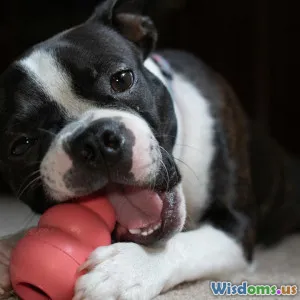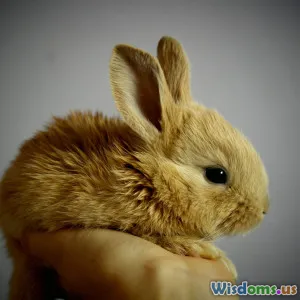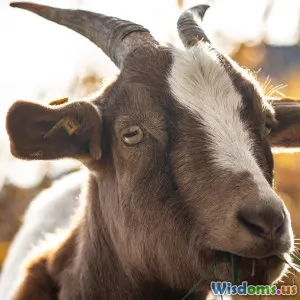
Is Artificial Insemination Improving Goat Breeding Success Rates
15 min read Explores how artificial insemination is transforming goat breeding by boosting success rates and genetic diversity. (0 Reviews)
Is Artificial Insemination Improving Goat Breeding Success Rates?
Contemporary goat farming faces a crossroads. Farmers and researchers are always seeking ways to boost productivity, genetic quality, and herd health. Artificial insemination (AI) has emerged as a revolutionary tool in livestock production—but is it truly elevating success rates for goats? Let’s explore the facts, approaches, advancements, and best practices that are shaping AI in goat breeding.
Understanding Artificial Insemination in Goat Herds
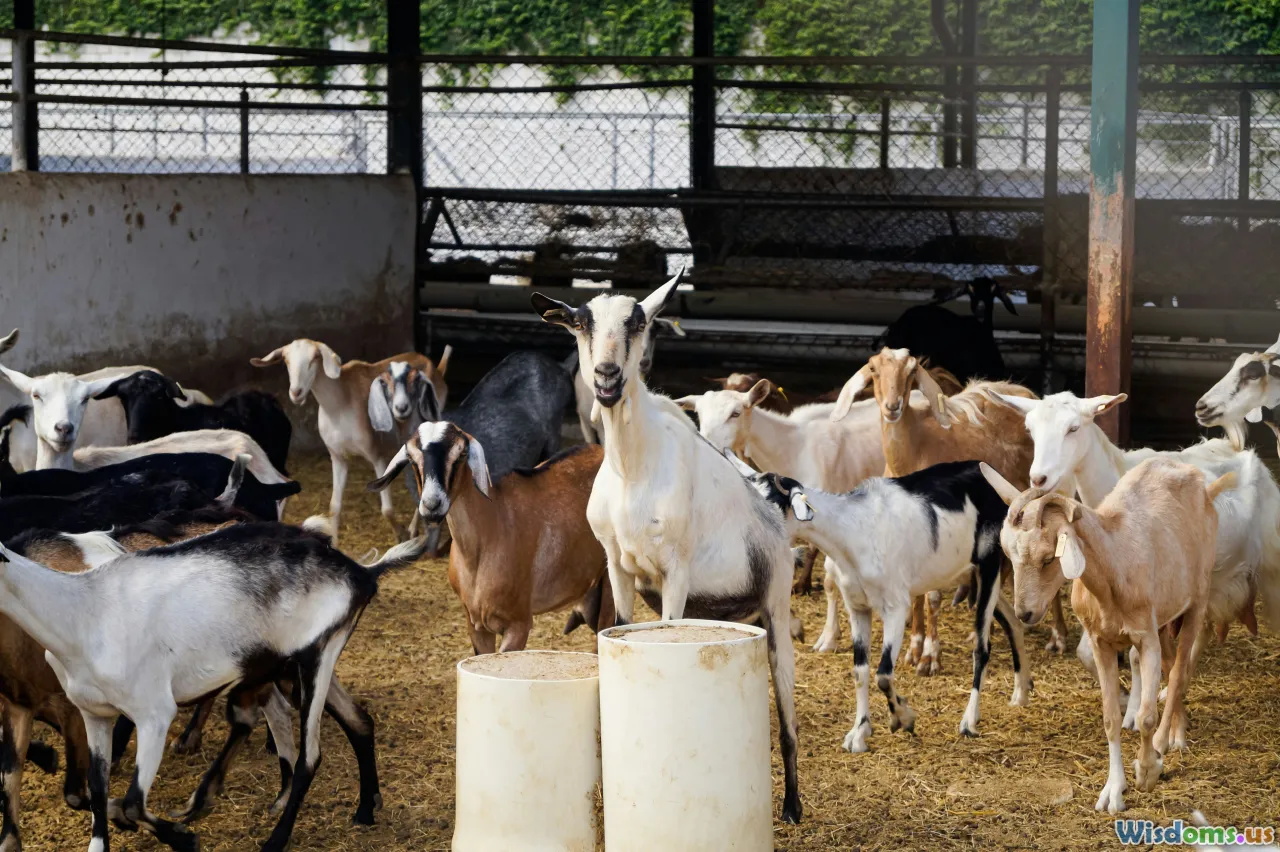
Artificial insemination is the deliberate introduction of collected semen into a female goat’s reproductive tract without natural mating. This technology, common in dairy cattle for decades, is more recently gaining traction in caprine breeding programs. The practice encompasses semen collection from high-quality bucks, processing (sometimes freezing), and transferring it into receptive does at just the right time.
Unlike natural service, AI allows breeders to:
- Rapidly introduce desirable genetics,
- Bypass limitations of distance or buck availability,
- Reduce the spread of venereal diseases,
- Plan and synchronize breeding schedules.
For example, goat farms in France and Spain—ahead of the curve—have been harnessing AI for over 10 years, producing dairy goats that consistently outperform their peers in milk yield and udder health. In North America and India, AI is catching on as both developing and large-scale operations strive to keep pace with market demands.
The Mechanics of Success: Factors That Influence AI Outcomes

Artificial insemination isn’t automatic success—it’s a science with many moving parts. How well it works depends on the skillful alignment of several critical factors:
1. Semen Quality and Handling
- Collected semen must be of proven motility (generally >70%) and handled hygienically.
- Cryopreservation (freezing in liquid nitrogen) enables worldwide genetic exchange, but thawing protocols demand precision. Mishandling can compromise pregnancy rates.
2. Timing and Heat Detection
- Accurate estrus (heat) detection is vital—insemination is ideally performed 12–18 hours after does display signs like tail flagging and mucous discharge.
- Tools like teaser bucks, hormone synchronization (e.g., CIDR devices, PGF2α injections), and ultrasonography can sharpen timing and improve conception.
3. Animal Health and Stress
- Nutrition, parasite control, and stress minimization directly affect fertility.
- For example, heat stress in Indian goat breeds commonly suppresses estrus, making synchronization protocols essential for AI success.
Recent studies point out that with high-quality semen and precise synchronization, conception rates can reach 55–75%—comparable or superior to natural mating, especially in larger, geographically spread herds.
Genetic Gains: AI’s Competitive Edge in Herd Improvement
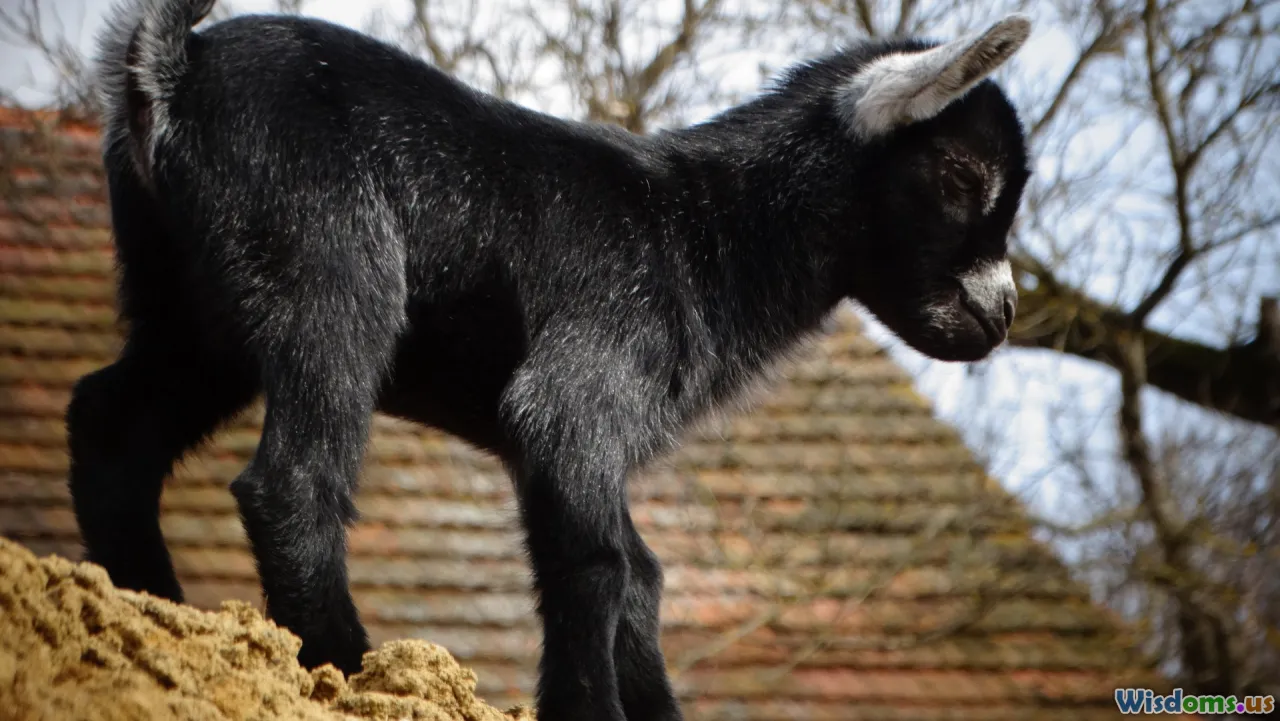
Improving herd genetics is a prime motivator for AI adoption. Top-quality bucks are rare, expensive, and sometimes from distant countries. Shipping a live buck is risky and costly—but transporting frozen semen is straightforward and economical.
Concrete examples include:
- Alpine and Saanen goat producers in the US importing frozen semen from elite Swiss sires, drastically improving milk production traits in their next generation.
- Nubian and Boer meat goat operations utilizing AI to infuse growth rate and carcass quality genes otherwise inaccessible domestically.
Statistics from the United Nations Food and Agriculture Organization (FAO) indicate that breeding programs incorporating AI can reduce inbreeding, accelerate improvement of desired traits, and promote breed conservation by utilizing semen from rare, genetically valuable bucks.
Overcoming Challenges in Practical Goat AI
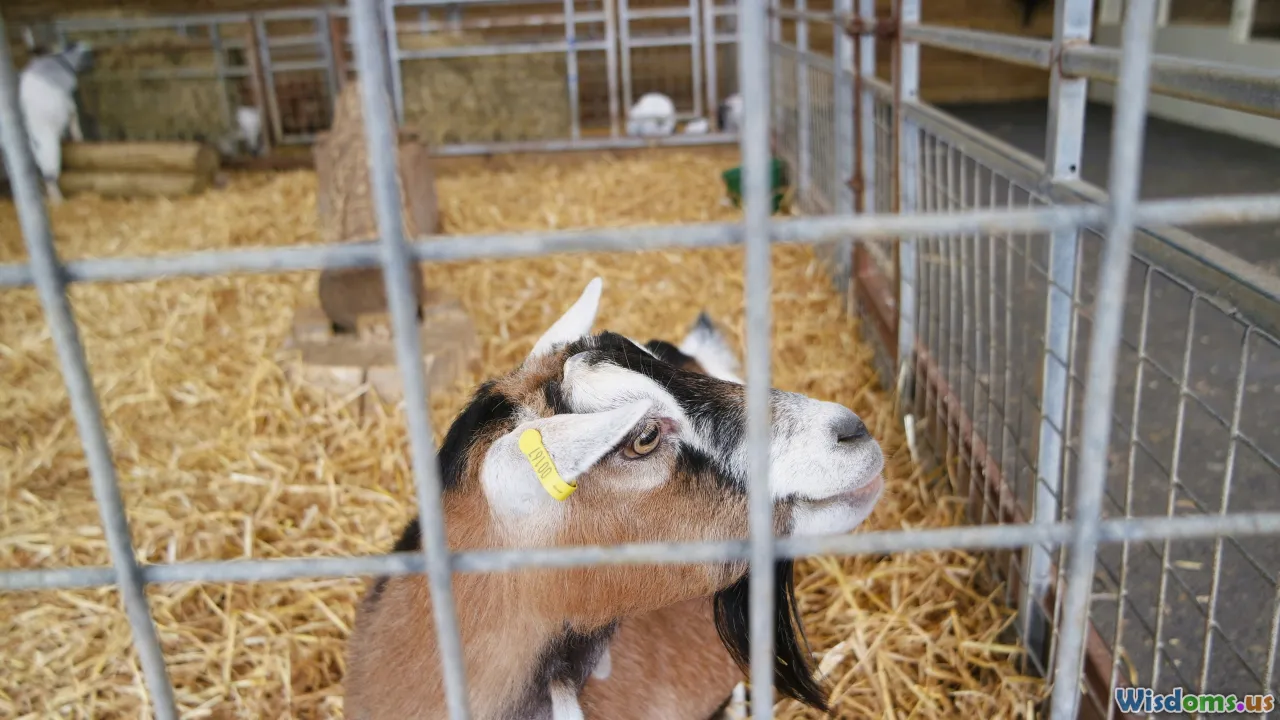
Despite its promise, AI in goats faces hurdles absent or milder in cattle reproduction. Three main roadblocks—and their innovative solutions—are front and center:
1. Anatomical Hurdles
Goat cervix anatomy is more convoluted than cattle, making traditional trans-cervical AI challenging, particularly with frozen semen. The widely adopted solution? Laparoscopic AI—a minor surgical approach placing semen directly into the uterus—has improved conception rates from 30–40% (standard cervical) up to 70–80% (laparoscopic) in controlled studies.
2. Training and Facility Shortages
Ultimately, success rests on skilled technicians. Many regions (Africa, Southeast Asia, parts of the Americas) lack accessible training programs and AI equipment. International collaborations, such as India’s "Rashtriya Gokul Mission" and USAID-funded livestock initiatives in Africa, are rolling out technician courses and subsidized kits.
3. Cost Considerations
AI’s up-front costs (for hormones, semen, or laparoscopic services) can deter smallholders. However, the payoff—improved kid crop, better herd health, and potentially higher market value offspring—often outweighs these investments. Group breeding schemes and breeder cooperatives pool resources, make AI affordable, and aggregate better-quality offspring for sale.
AI Techniques: Cervical vs. Laparoscopic Insemination
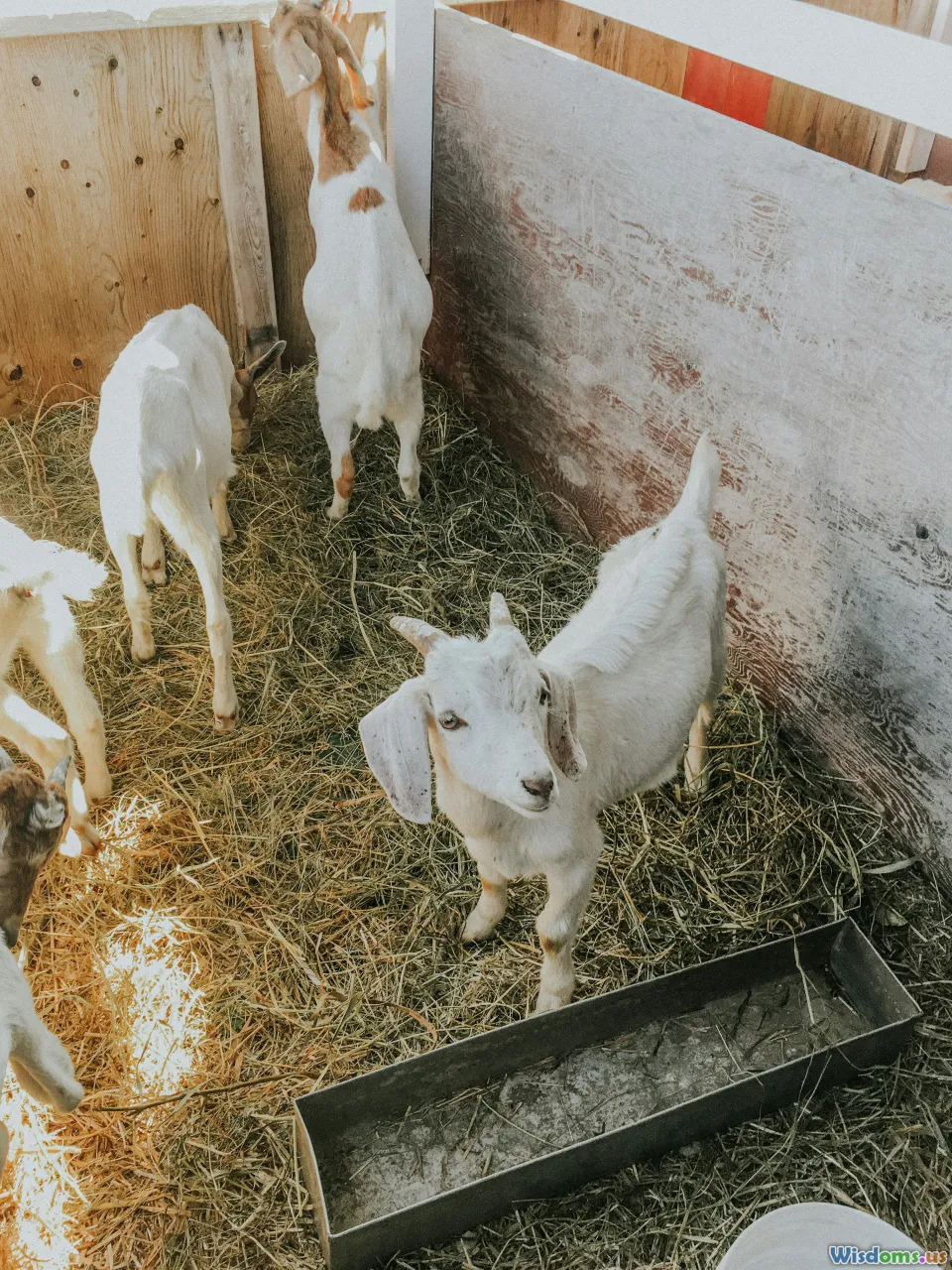
What about the practical techniques themselves? Here are the common approaches, with their pros and cons:
Cervical AI (Cervical insemination):
- Least invasive; semen is deposited near the cervix using a speculum and pipette.
- Works best with fresh semen; fertilization rates often 30–55% with frozen semen.
- Lower labor and skill requirements; suitable for mass AI in large flocks.
Laparoscopic AI:
- Semen deposited directly into the uterus using a laparoscope under sedation.
- Highest conception rates (60–80%) even with frozen-thawed semen.
- Requires more equipment, skill, and post-procedural care.
How can breeders choose? For commercial herds or valuable genetic matches, laparoscopic AI is often justified. In small-scale or resource-limited conditions, cervical AI (preferably with fresh semen) remains a practical entry point.
Synchronization Techniques: Enhancing Timing and Efficiency

A key breakthrough in AI’s impact on goat breeding has been the use of estrus synchronization protocols. These align ovulation in does, enabling batch AI and futuristic strategies like embryo transfer.
Popular protocols include:
- Controlled Internal Drug Release (CIDR): Vaginal inserts releasing progesterone, followed by removal and prostaglandin injection to induce heat.
- Prostaglandin F2α Injections: Induces luteolysis (breakdown of corpus luteum), guiding the reproductive cycle.
- GnRH Analogs: Fine-tunes follicular development, heavily used in superovulation and embryo transfer.
Success rates? Field trials suggest that properly-managed synchronization can bump AI pregnancy rates from 30–40% (in unsynchronized does) to over 60%, sharply improving both planning capability and genetic progress in herds.
Economic and Welfare Impacts: Is AI Worth the Investment?
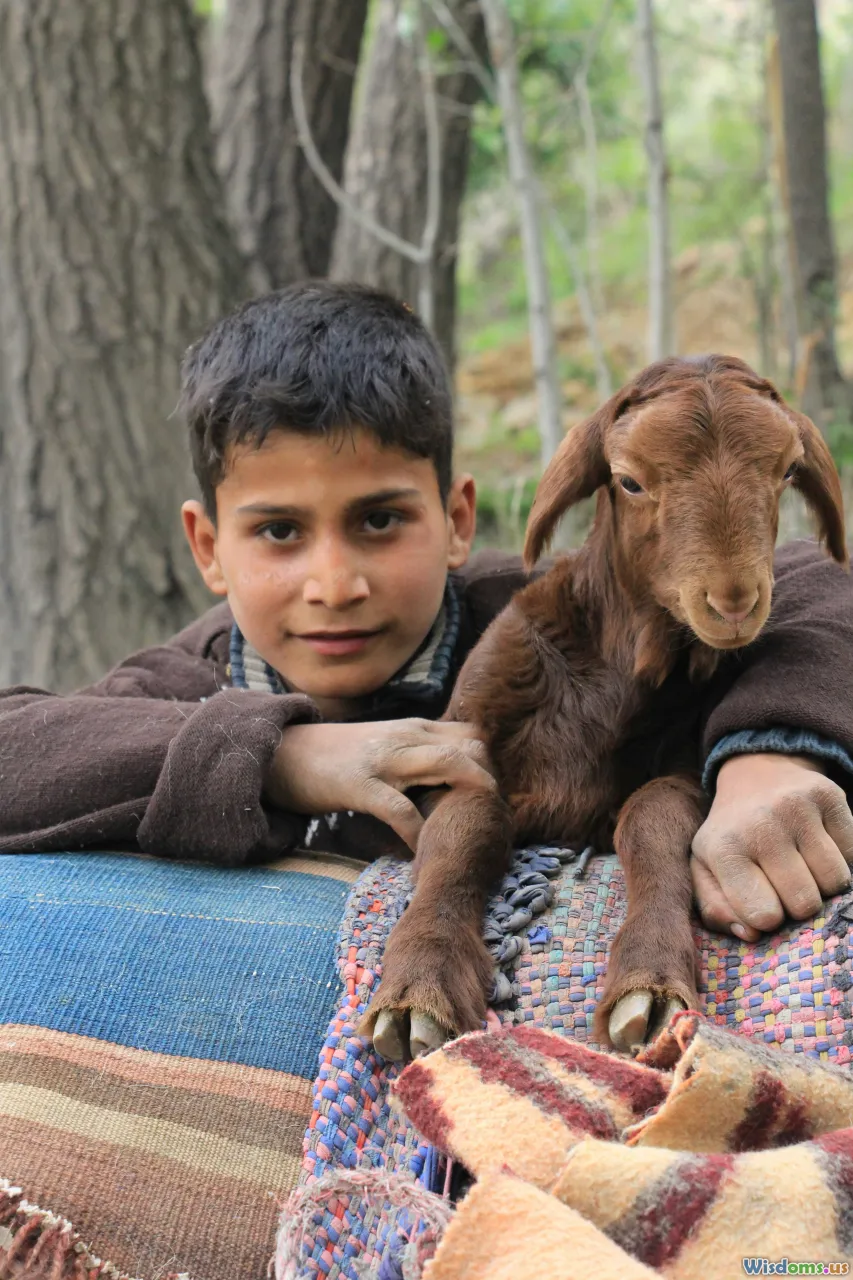
Goat farmers are rational investors—so does artificial insemination really pay off in practice? Consider these real-world advantages:
1. Higher Offspring Value: Progeny from elite bucks often fetch 30–50% premiums in markets where genetics is prized (e.g., show goats, seed stock sales, or dairy replacements).
2. Reduced Disease Risk: AI eliminates direct animal contact, cutting risks of diseases such as CAE (Caprine Arthritis Encephalitis), CL (Caseous Lymphadenitis), and venereal infections—all of which are crippling for commercial operations.
3. Controlling Reproductive Seasonality: Goat breeding is naturally seasonal; AI, combined with photoperiod manipulation and synchronization, allows year-round kidding, smoothing labor and milk production cycles.
However, investments in training, tools, hormones, and reliable semen are required. Many progressive farms calculate ROI within two or three breeding seasons, especially if market access is favorable or herd expansion is planned.
On the welfare front, AI reduces buck aggression, lowers injury rates (especially in valuable does), and allows targeted selection for disease resistance traits—boosting the overall health profile of herds.
AI Success Stories: Case Studies Around the World
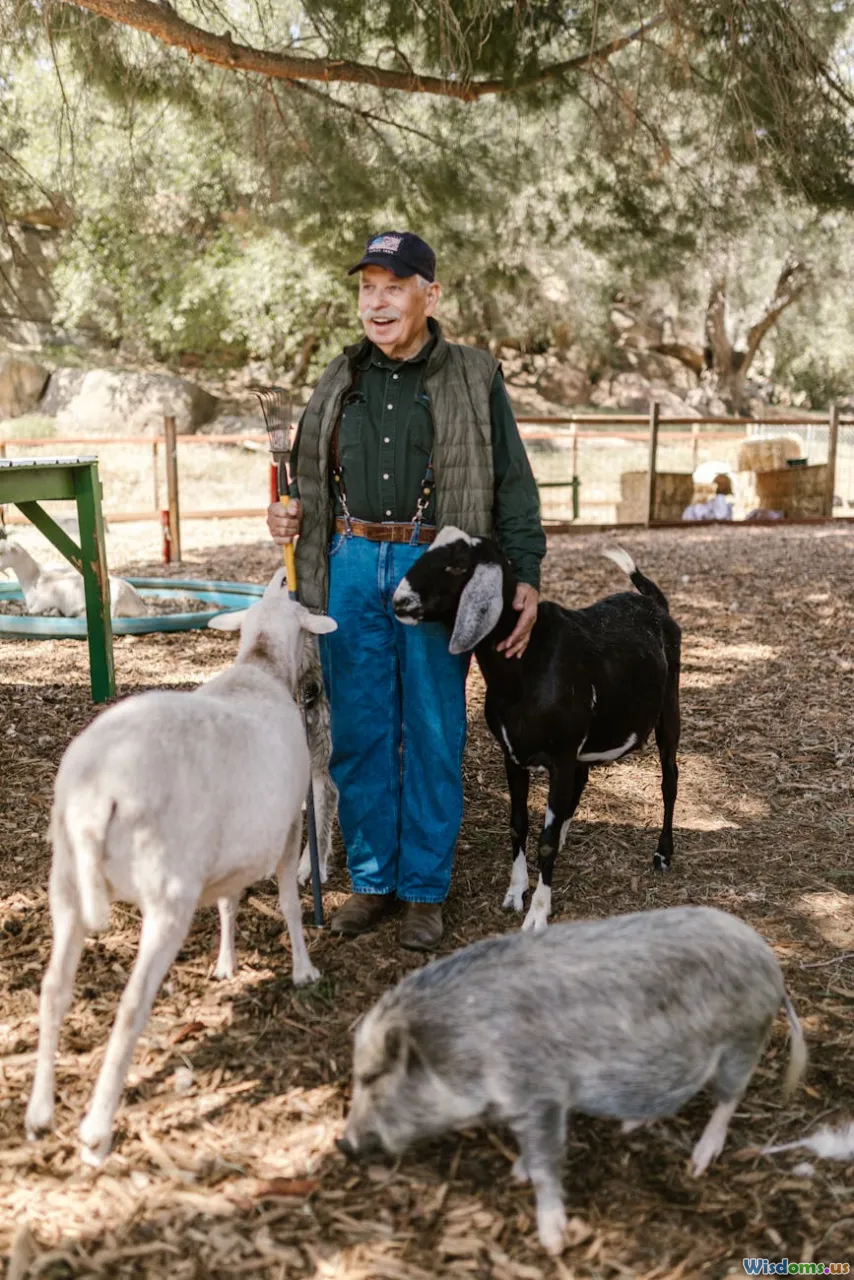
Let’s look at how AI is already transforming goat herds of different sizes and backgrounds.
Spain’s Dairy Goat Revolution: The Murciano-Granadina breed—a regional pride in Spain—benefited massively from AI. Over a decade, coordinated AI programs doubled average milk yield per doe (from under 500 to over 1000 liters per lactation) and drastically improved udder health. By pooling resources and focusing on laparoscopy, Spanish dairy sharing programs became models for Europe.
East African Crossbreeding Success: In Kenya and Uganda, smallholder dairy goat groups used AI to import Saanen and Alpine semen. Within five years, the “milk goat” population increased by more than 30%, and kid weights at three months improved by almost 40%—helping rural women-led cooperatives triple their household dairy incomes.
American Boer Herds: Meat goat herds in Texas embraced AI early, importing Australian and South African Boer genotypes. Today, they dominate local and national goat shows due to better conformation and carcass quality, illustrating the long-reaching benefits of superior AI-driven genetics.
Practical Tips for Farmers Looking To Start With AI

If you’re a breeder or manager ready to launch an AI program, consider these actionable steps:
-
Invest in Training: Attend reputable AI workshops or employ an experienced technician. Short courses—often run by universities or animal science institutes—paint a realistic picture and demonstrate hands-on skills.
-
Collaborate for Scale: Join breeder co-ops or regional groups to bulk-order semen, synchronize protocols, and share technician costs—especially important where laparoscopy is the main method.
-
Prepare Facilities: Clean, well-lit, calm handling pens are crucial. Good recordkeeping (estrus, insemination dates, outcomes) ensures timely management and data-driven decisions.
-
Consult a Veterinarian: For breed-specific nuances, reproductive health checks, nutrition advice, and troubleshooting reproductive losses, trust a vet experienced in small ruminants.
-
Run Pilot Programs: Start small, track every step (from hormone protocols to kid survival), and compare against your traditional breeding approach. Use early outcomes to modify, expand, or target improvements in future seasons.
What’s Next? The Evolving Future of Goat AI
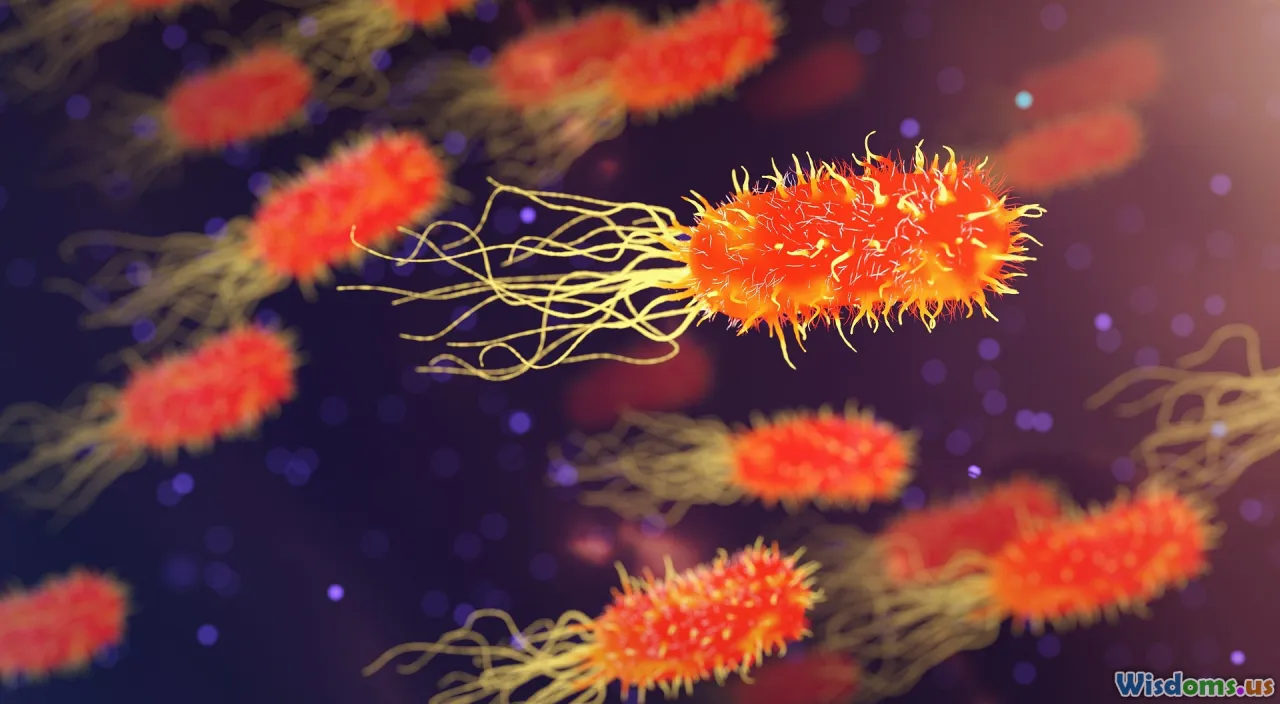
AI technology is still evolving. Advances in genomics, sexed semen, noninvasive pregnancy diagnosis, and minimally-stressful synchronization techniques promise to further bolster success rates. Industry-wide databases for genetic merit scoring—commonplace in dairy cattle—are on the horizon for goats, allowing truly informed selection during semen procurement.
Ongoing research in India, Brazil, and the EU focuses on more affordable and farmer-friendly AI tools, hormone-free synchronization, and AI protocols suited for the tropical climates that support the world’s largest goat populations.
Intriguingly, with global interests like climate-resilient livestock and sustainable agriculture, AI in caprine breeds may soon be as mainstream as “smart tractors” or digital livestock identification.
In the journey towards highly productive, healthy, and adaptable goat herds, artificial insemination is proving to be an indispensable ally—offering both immediate wins and lasting genetic gains. As access, training, and technology keep improving, AI is well on its way to shaping the next era of successful goat breeding.
Rate the Post
User Reviews
Other posts in Farming & Livestock
Popular Posts










